 Posted Apr 1, 2012, 9:13 PM
Posted Apr 1, 2012, 9:13 PM
|
|
Registered User
|
|
Join Date: Sep 2005
Posts: 566
|
|
|
The best of Queens: Part 13 South Jamaica the South Side and South East Queens
Now we'll check out some of the hoods in the borough's vast south east
South Jamaica is a neighborhood in southern Queens. The area is often referred to as the south side intimating its significance in the southern part of the borough of which there are many other neighborhoods independent from South Jamaica. The neighborhood built up dense, Dutch Colonials for blocks and blocks to accommodate the growing middle and working classes but suffered the repercussions of white flight. South Jamaica is predominantly a bedroom community, today home to large Mexican, Guyanese and Haitian communities with pockets of West Africans, though the long time working class African American community dominates. South Jamaica currently does face poverty issues but this varies from family to family but the neighborhood as a whole suffers the boroughs worst gang problems.

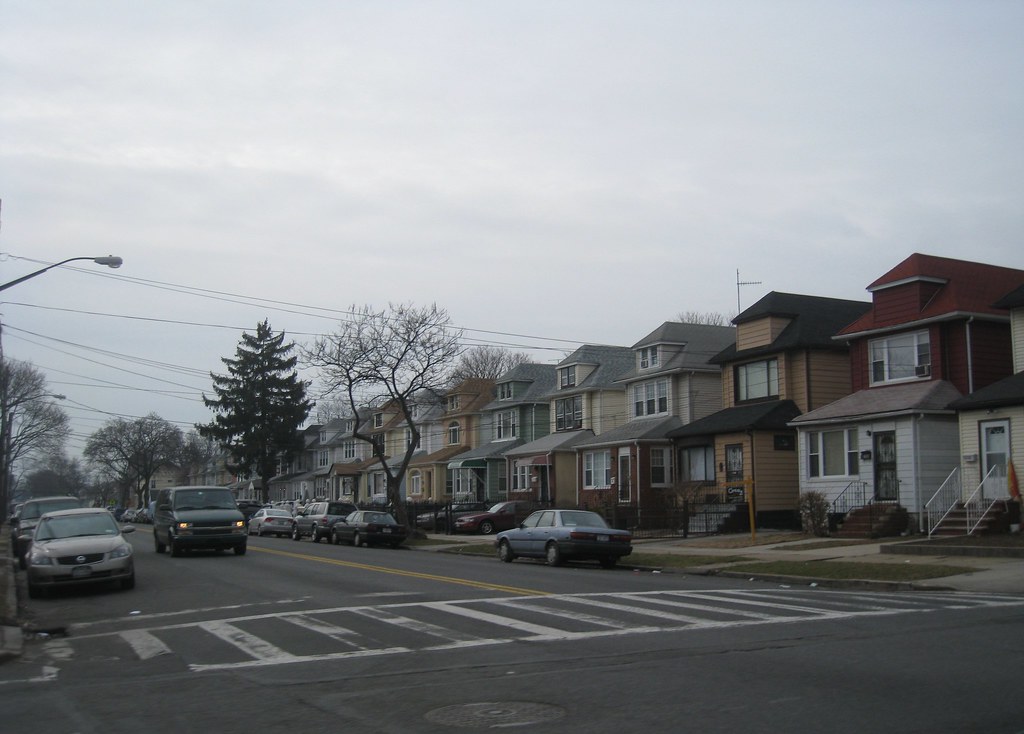
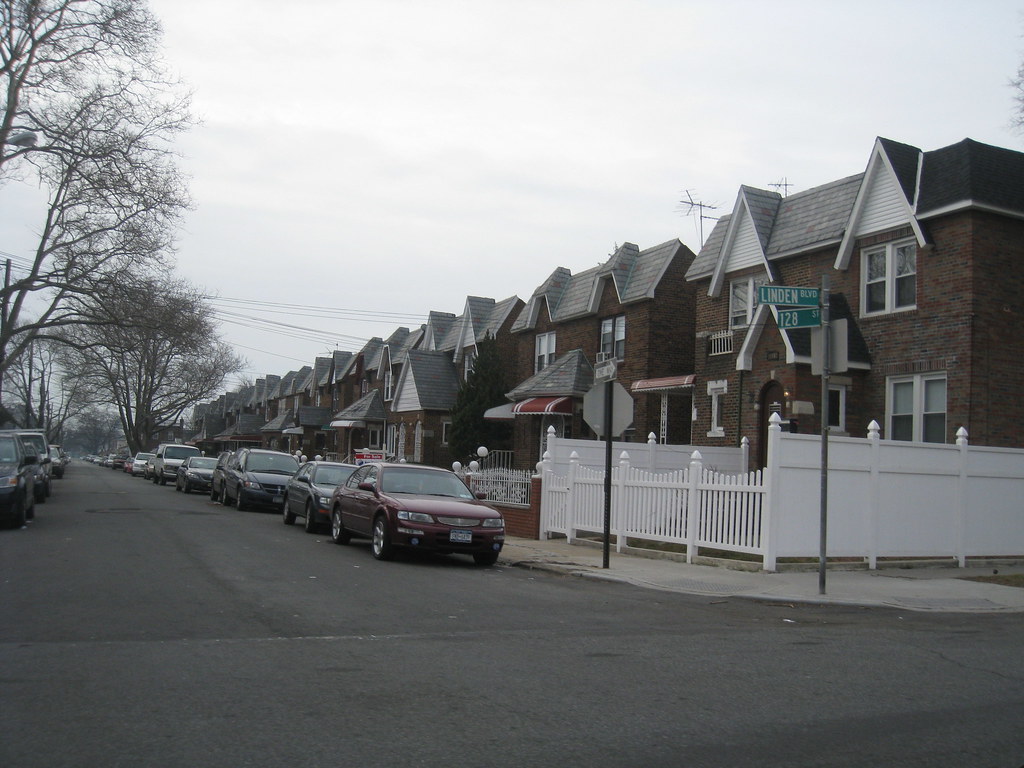
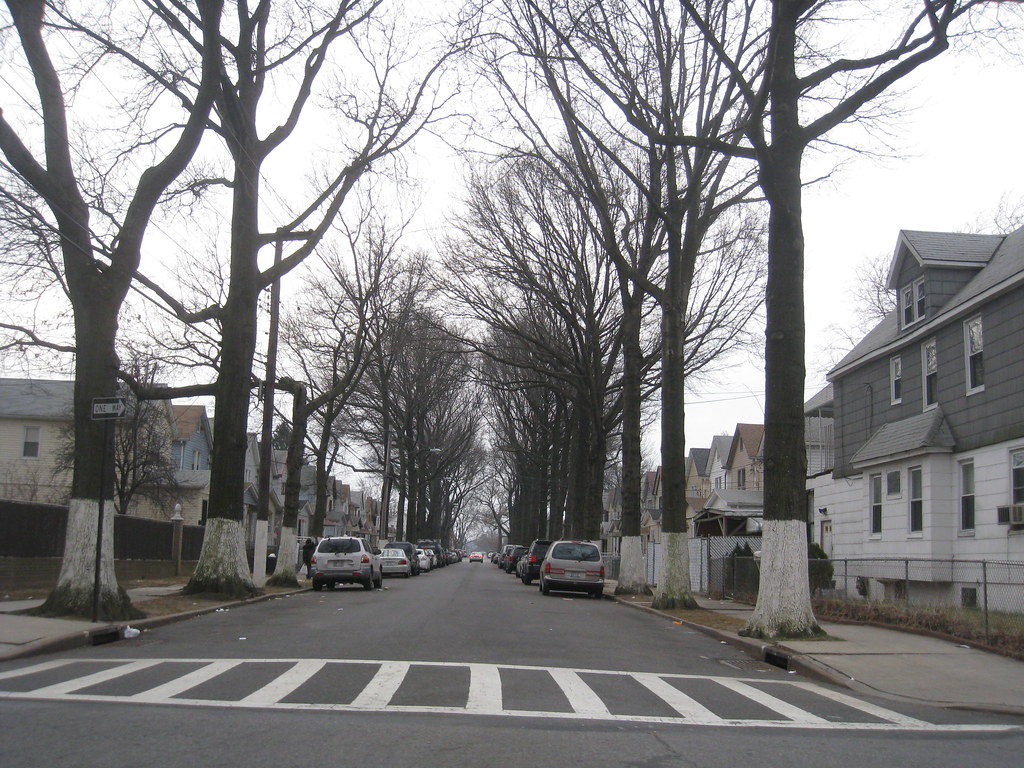


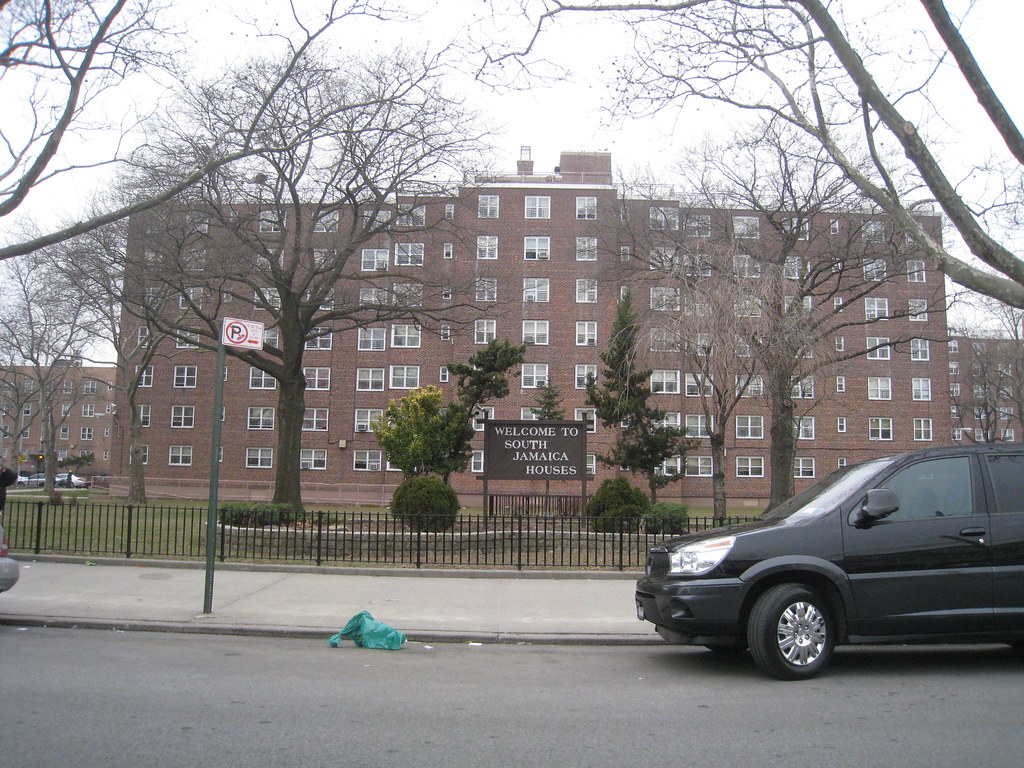
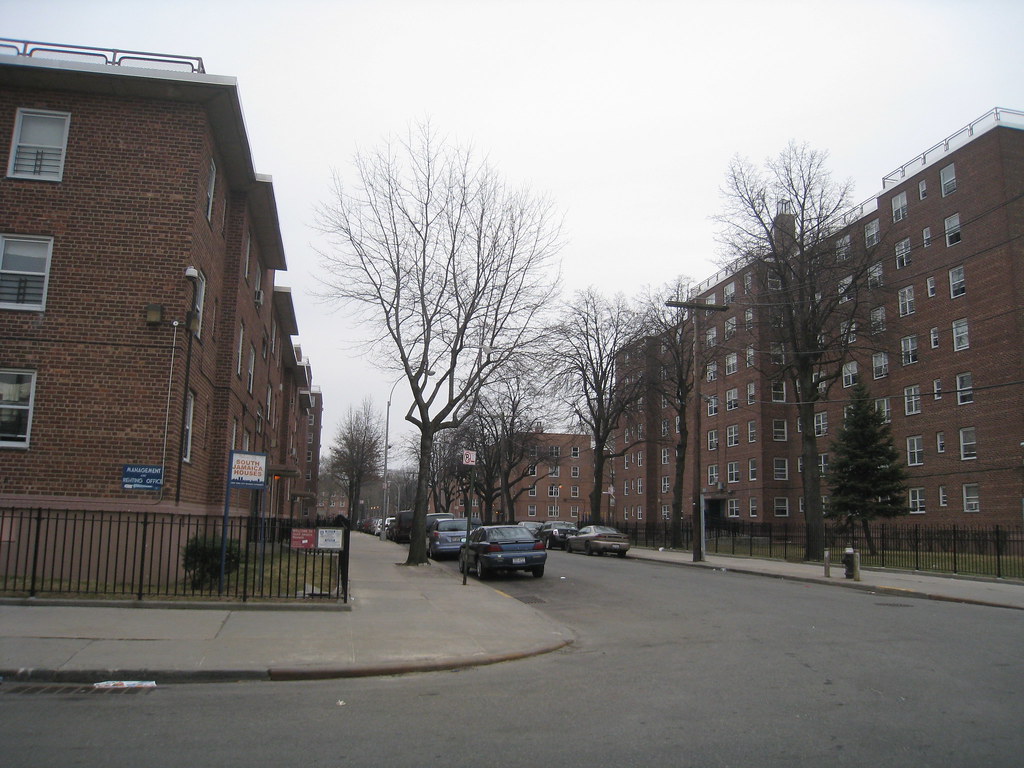
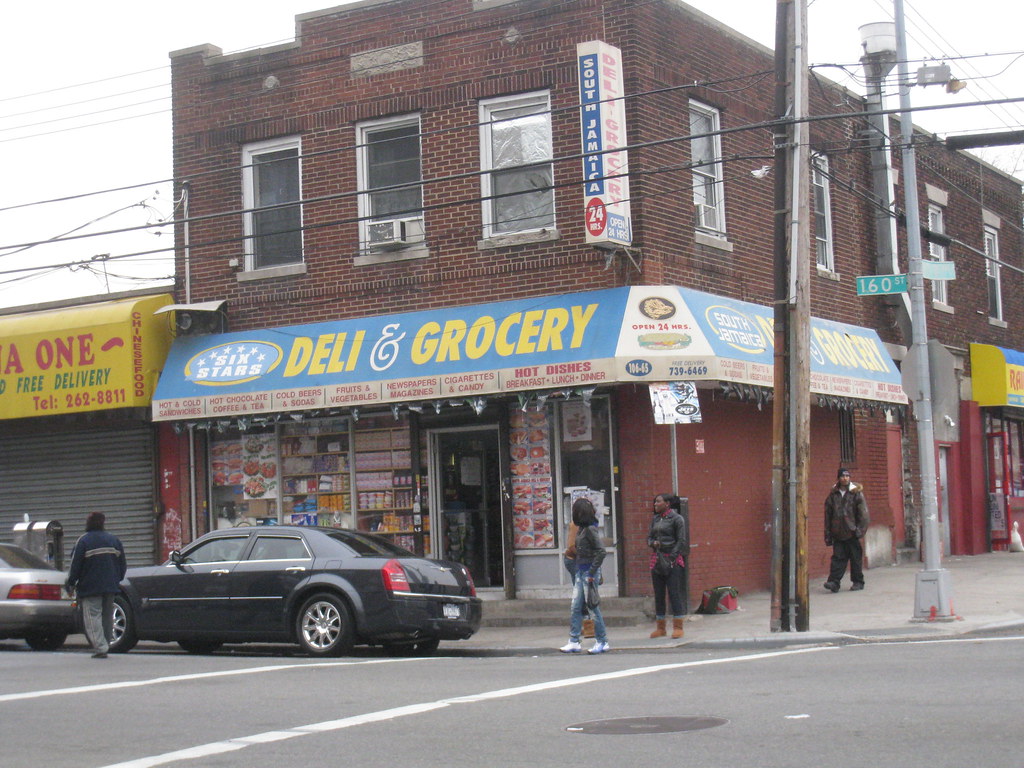
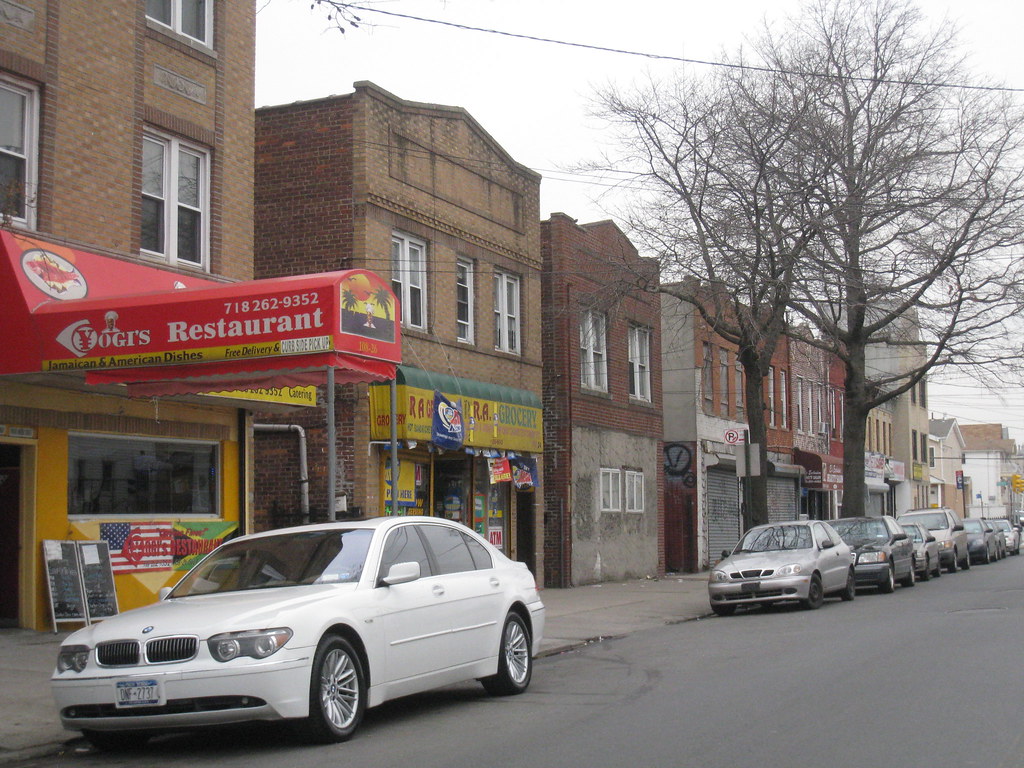
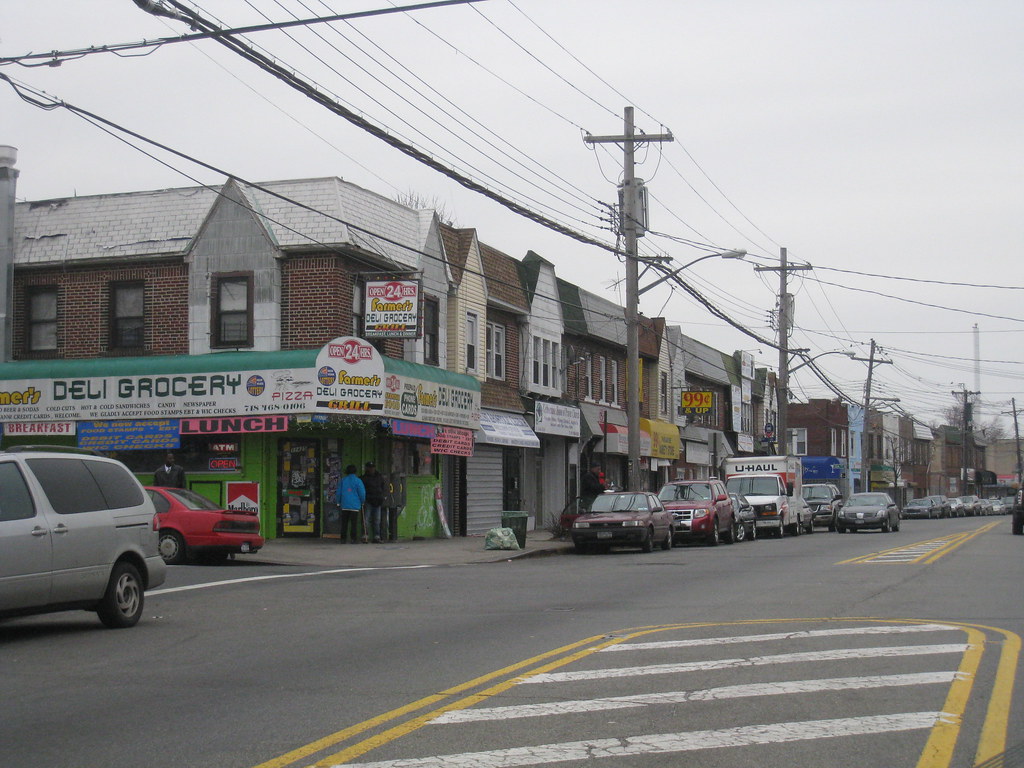
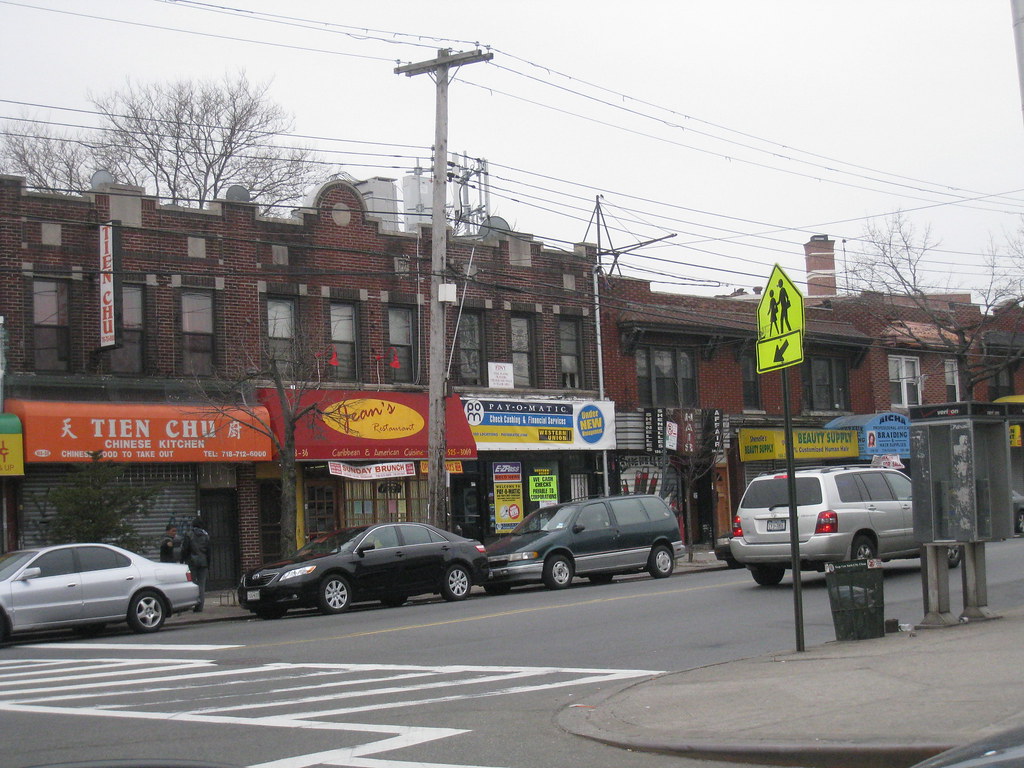

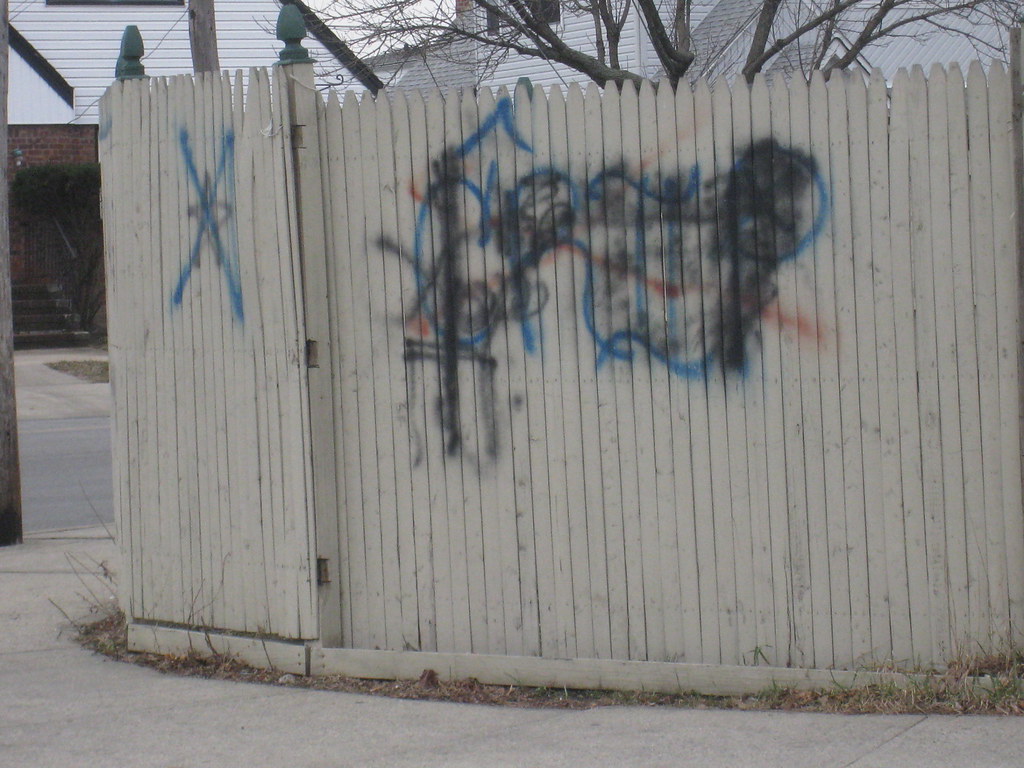 St. Albans is a middle class neighborhood on the south east side of Queens. The land was granted to Dutch settlers by Peter Stuyvesant in the 1650’s but remained mostly farm land and dense woodland for nearly two centuries. The farming community began to sprawl around the core of the first families at the turn of the 19th century. The region for the most part was a portion of the larger village of Jamaica when it was incorporated around the 1820’s. The area was surveyed for housing following consolidation with New York. Developers built on small plots, modest homes for the working-middle classes. St. Albans hosted a golf course by the 1910’s and attracted famous players from all over. The Depression forced the course to close and after early plans fell through, the land was seized by the federal government who built a naval hospital. Many Jazz musicians lived in the area in the 20’s and 30’s. During the late 1970’s and early 1980’s, St. Albans which is close to Hollis was one of the earliest centers for the hip hop community.
St. Albans is a middle class neighborhood on the south east side of Queens. The land was granted to Dutch settlers by Peter Stuyvesant in the 1650’s but remained mostly farm land and dense woodland for nearly two centuries. The farming community began to sprawl around the core of the first families at the turn of the 19th century. The region for the most part was a portion of the larger village of Jamaica when it was incorporated around the 1820’s. The area was surveyed for housing following consolidation with New York. Developers built on small plots, modest homes for the working-middle classes. St. Albans hosted a golf course by the 1910’s and attracted famous players from all over. The Depression forced the course to close and after early plans fell through, the land was seized by the federal government who built a naval hospital. Many Jazz musicians lived in the area in the 20’s and 30’s. During the late 1970’s and early 1980’s, St. Albans which is close to Hollis was one of the earliest centers for the hip hop community.
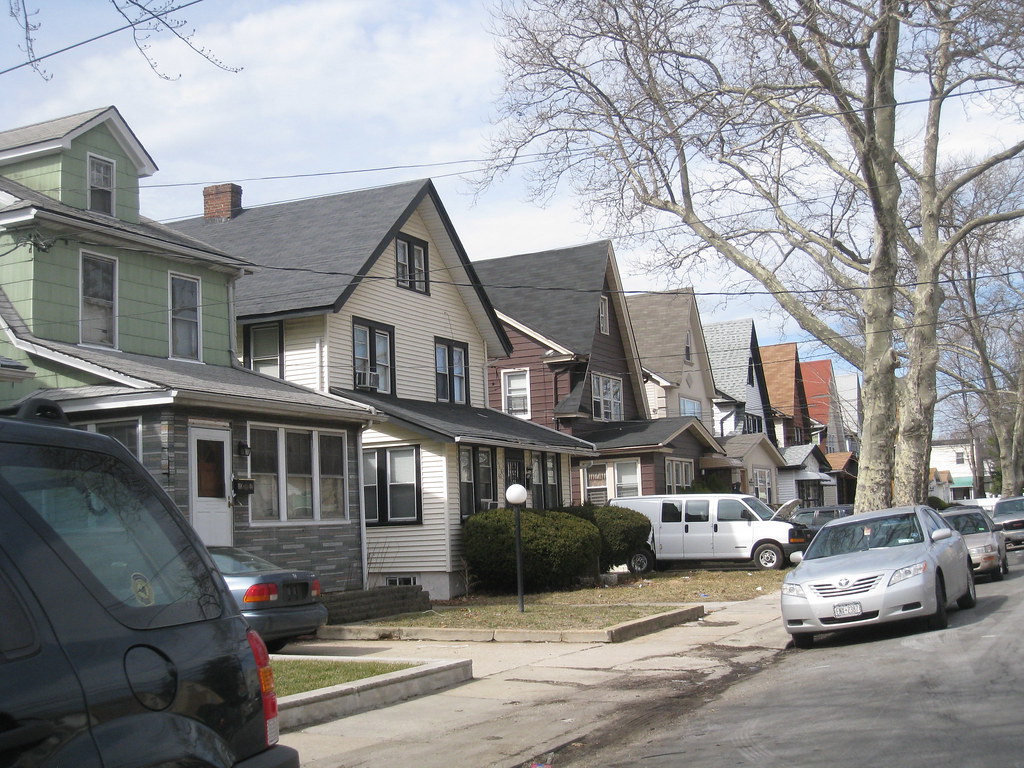

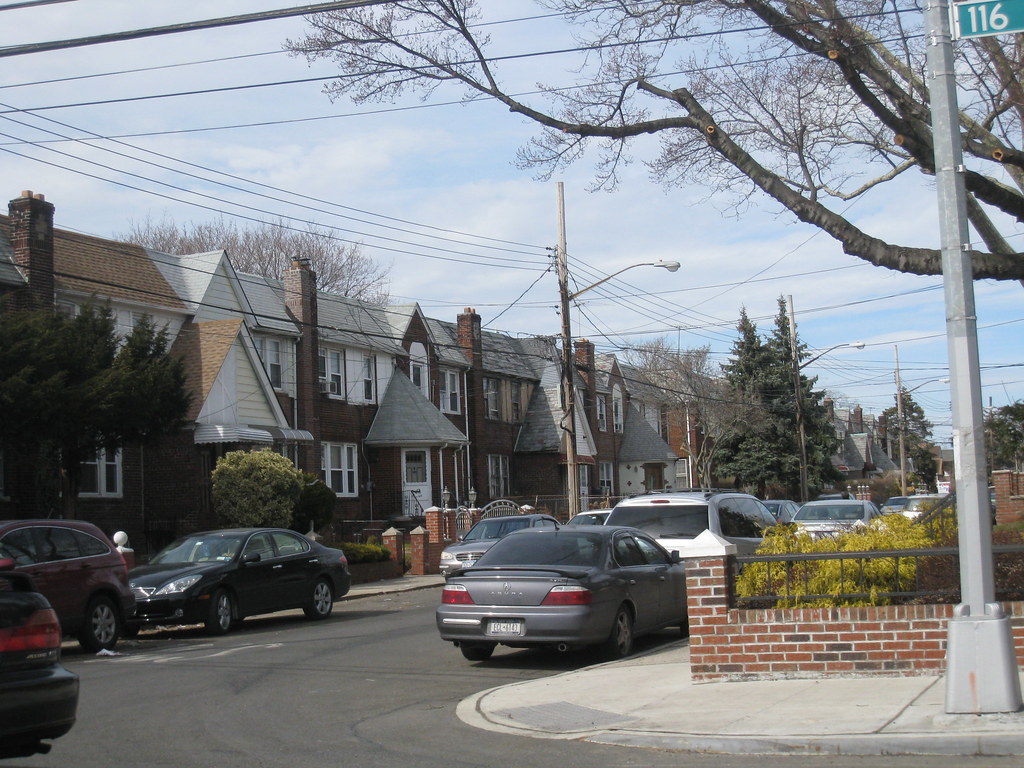
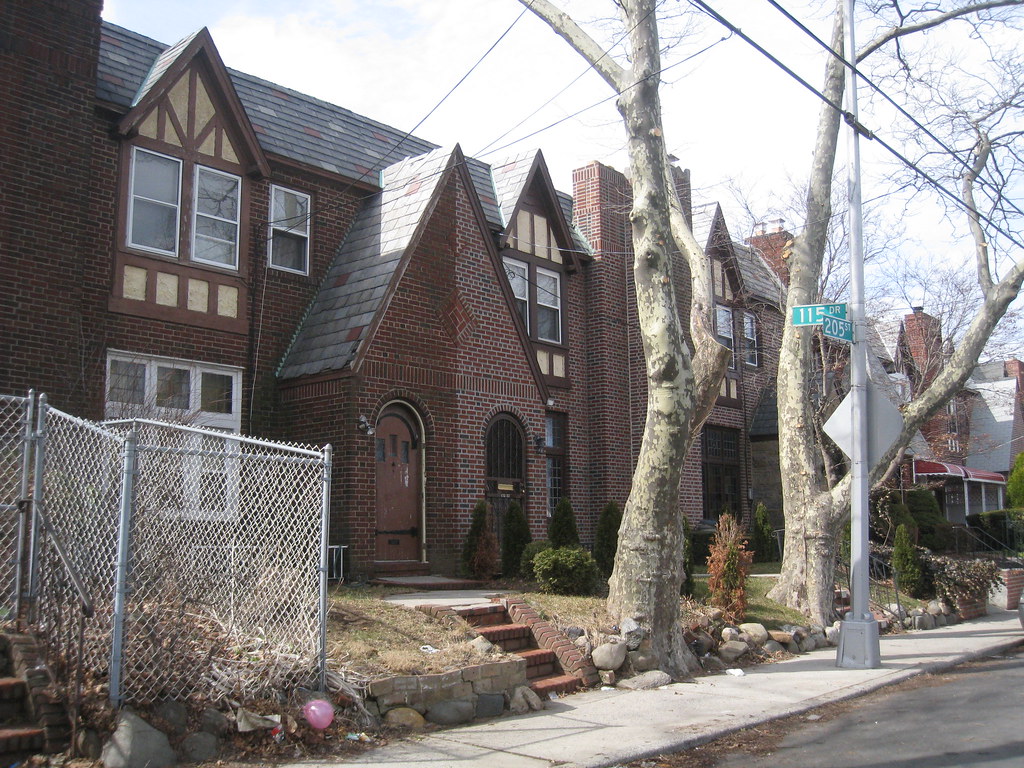
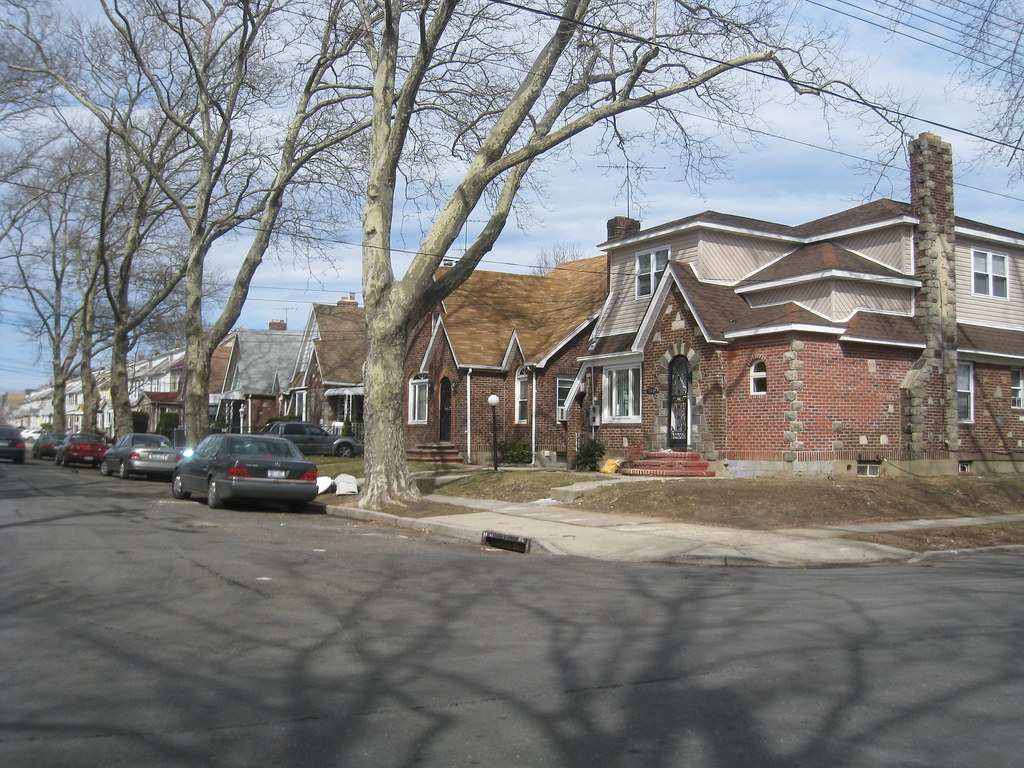


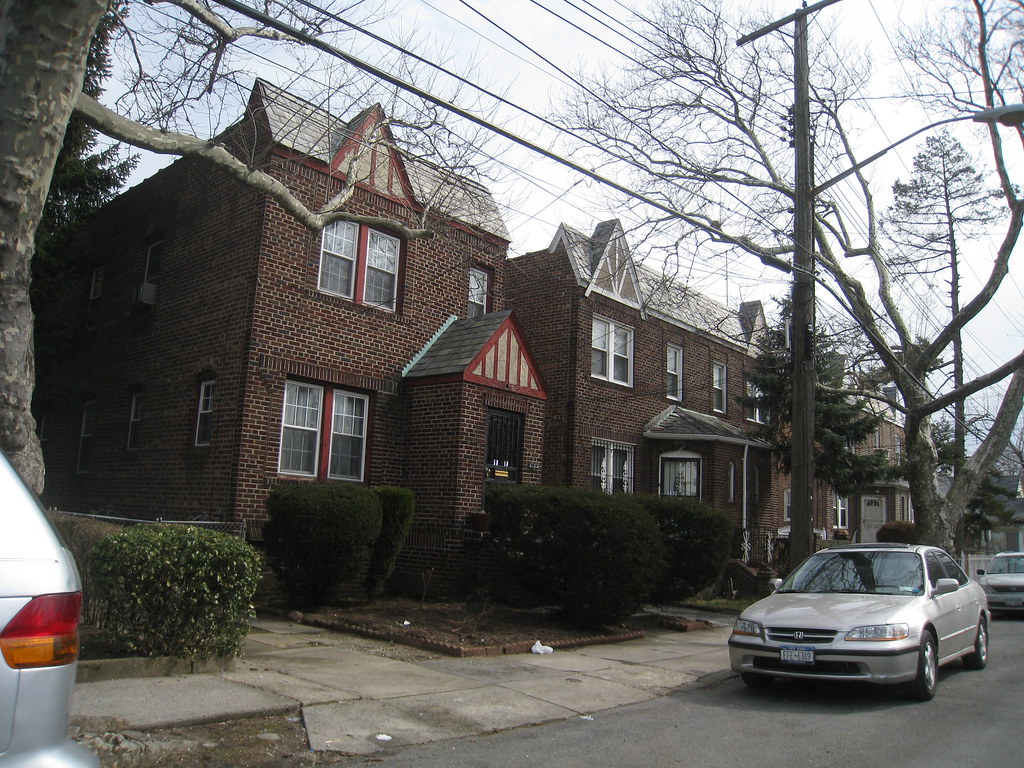
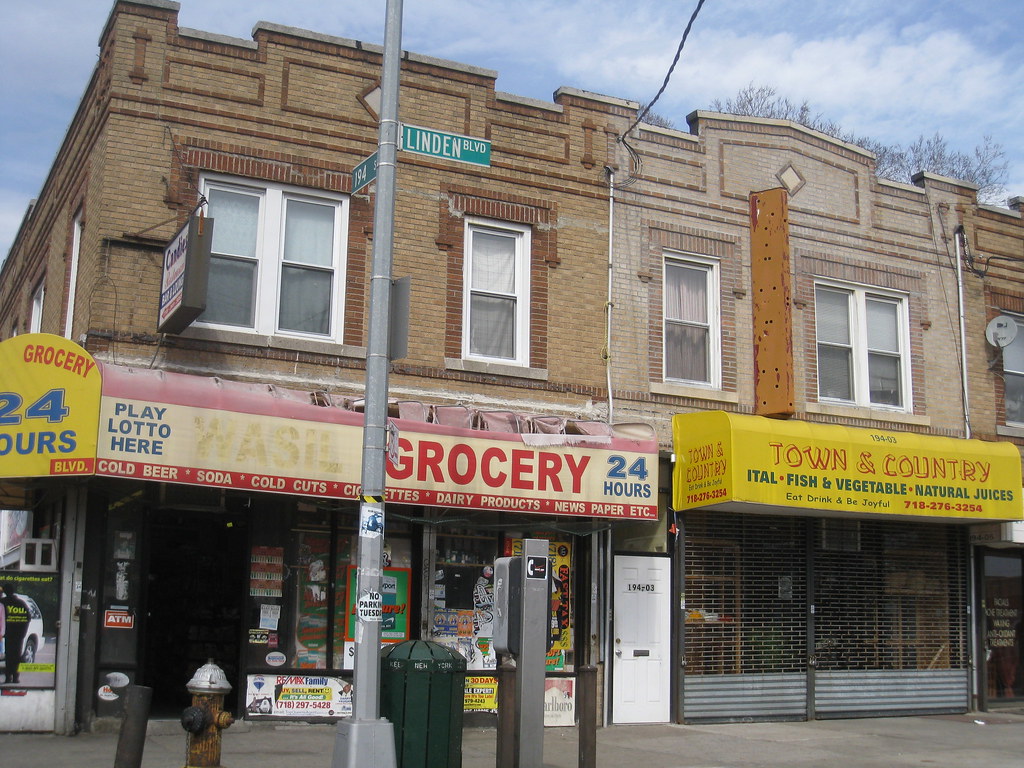
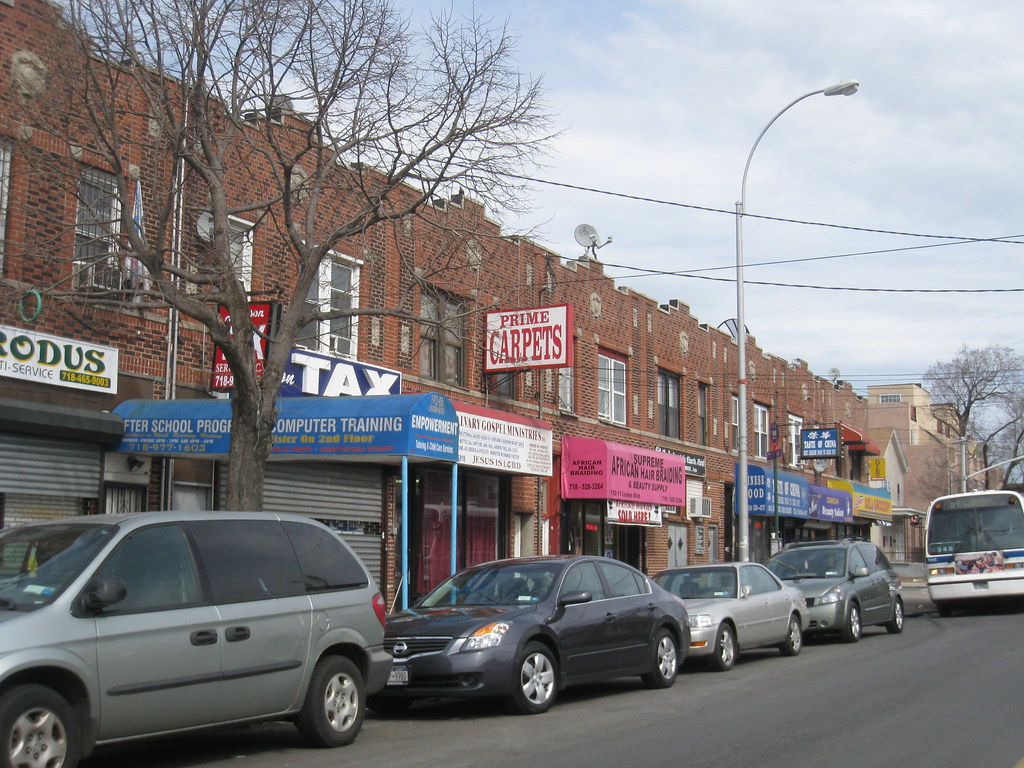
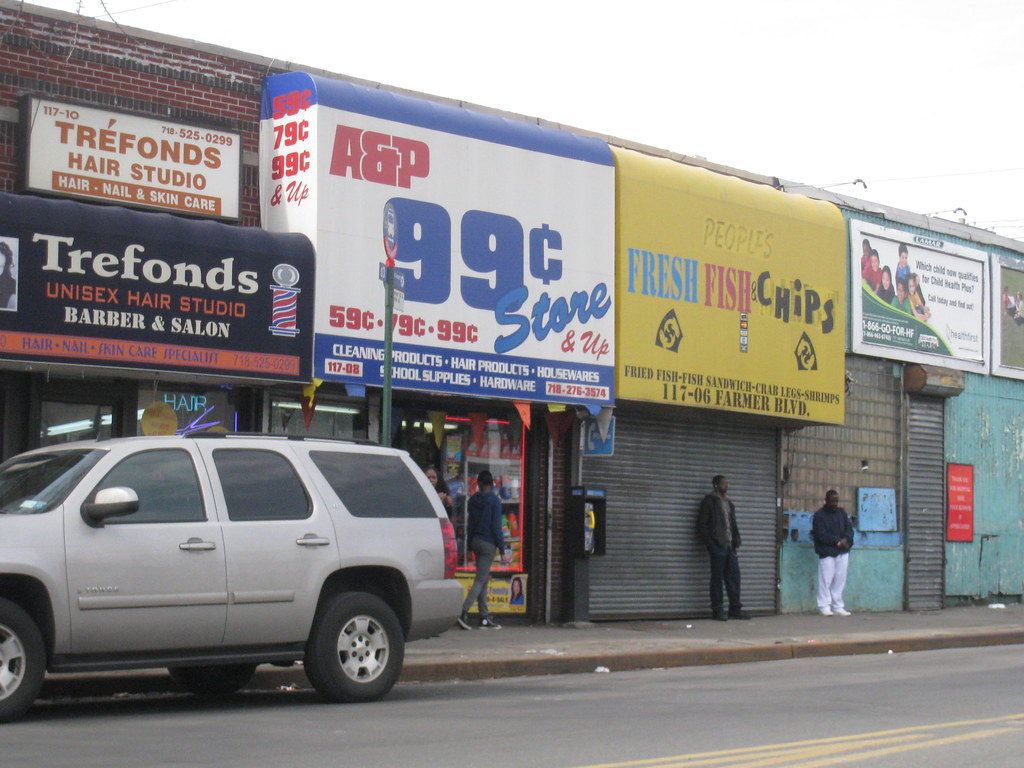 Springfield Gardens is a residential area in south eastern Queens. It was settled in the 17th century and farmed by several families until the 1860’s when land was subdivided and turned into residential blocks. The area saw a boom when the Long Island Railroad made a stop in the neighborhood. The area was settled by various European groups long assimilated but most of these people left during white flight. Springfield Gardens had become dominated by African American families during the 1970’s and today they are still the largest group in the neighborhood. Springfield Gardens is also an area settled by Guyanese, Jamaican, Haitian and various other West Indian groups. The neighborhood is mostly single family homes but there are housing projects within its landscape. Springfield Gardens is still working class, however economically it has shifted toward lower-income working class. Like other neighborhoods in south eastern Queens, Springfield Gardens has a problem with gangs.
Springfield Gardens is a residential area in south eastern Queens. It was settled in the 17th century and farmed by several families until the 1860’s when land was subdivided and turned into residential blocks. The area saw a boom when the Long Island Railroad made a stop in the neighborhood. The area was settled by various European groups long assimilated but most of these people left during white flight. Springfield Gardens had become dominated by African American families during the 1970’s and today they are still the largest group in the neighborhood. Springfield Gardens is also an area settled by Guyanese, Jamaican, Haitian and various other West Indian groups. The neighborhood is mostly single family homes but there are housing projects within its landscape. Springfield Gardens is still working class, however economically it has shifted toward lower-income working class. Like other neighborhoods in south eastern Queens, Springfield Gardens has a problem with gangs.
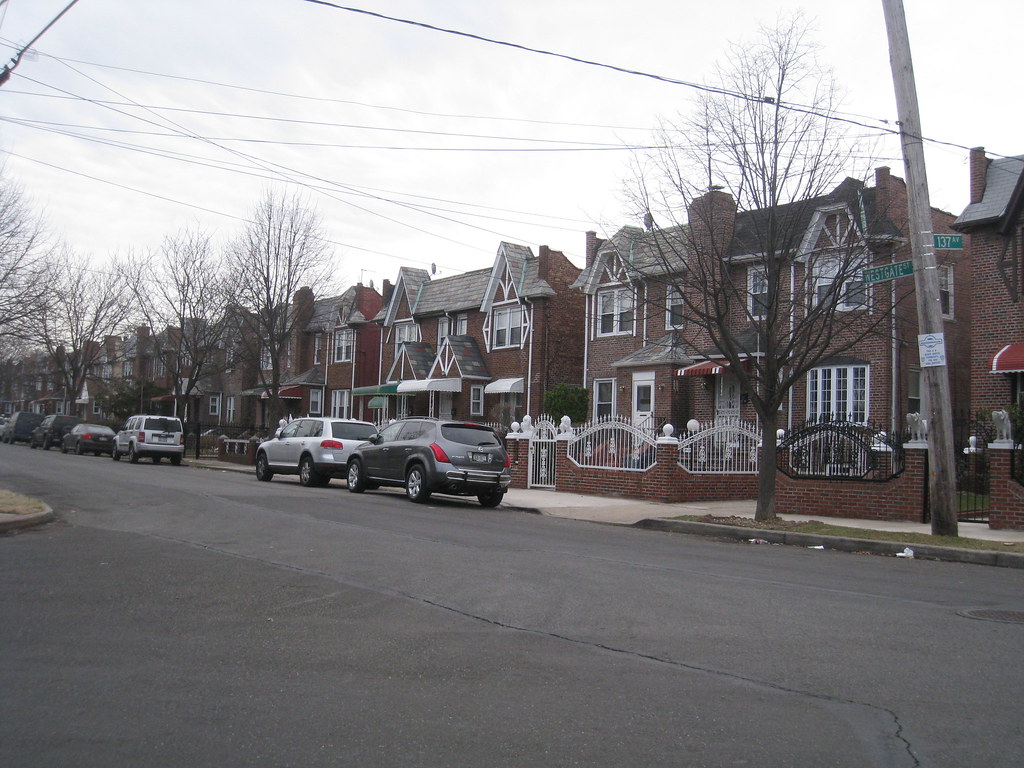
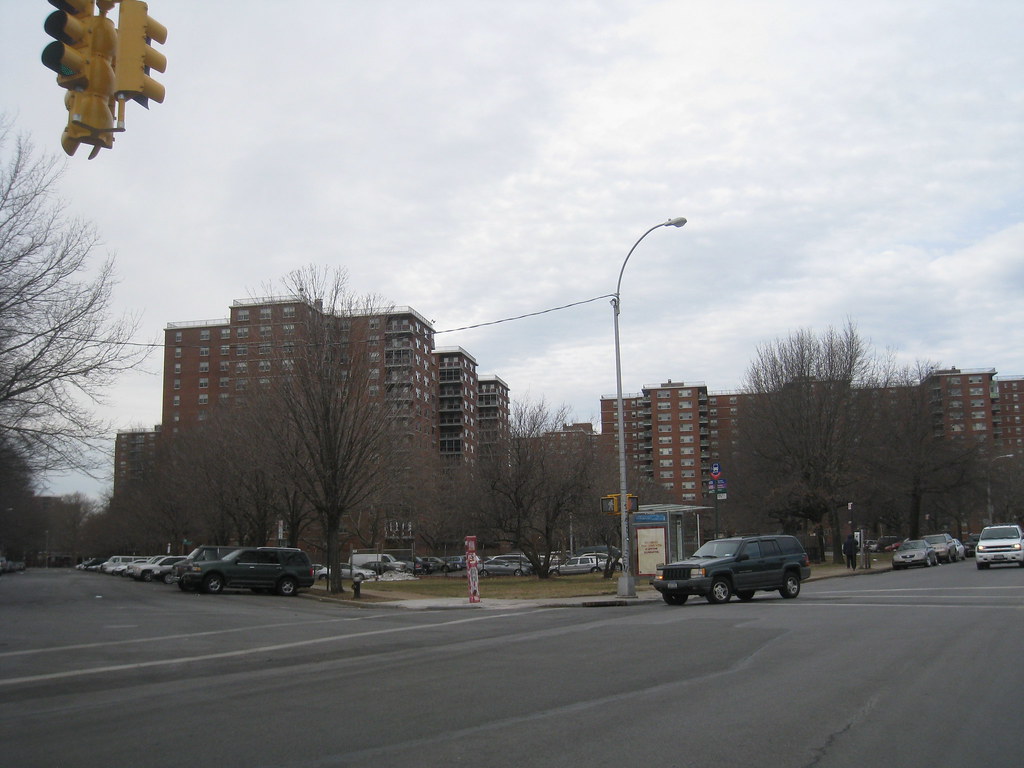
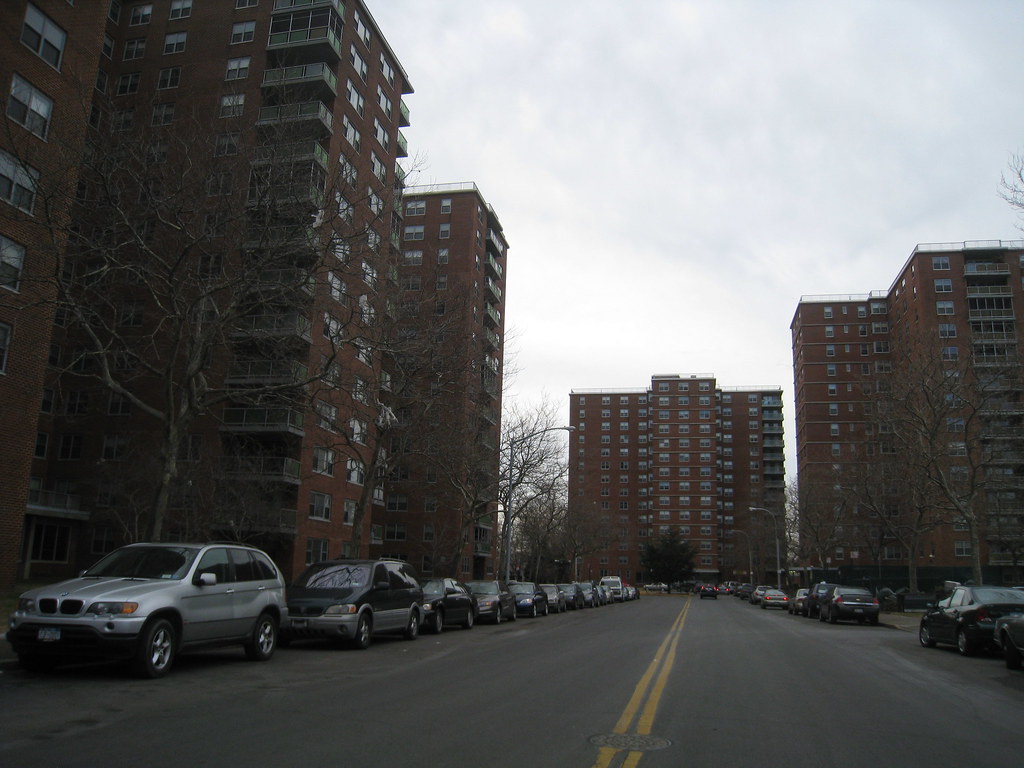
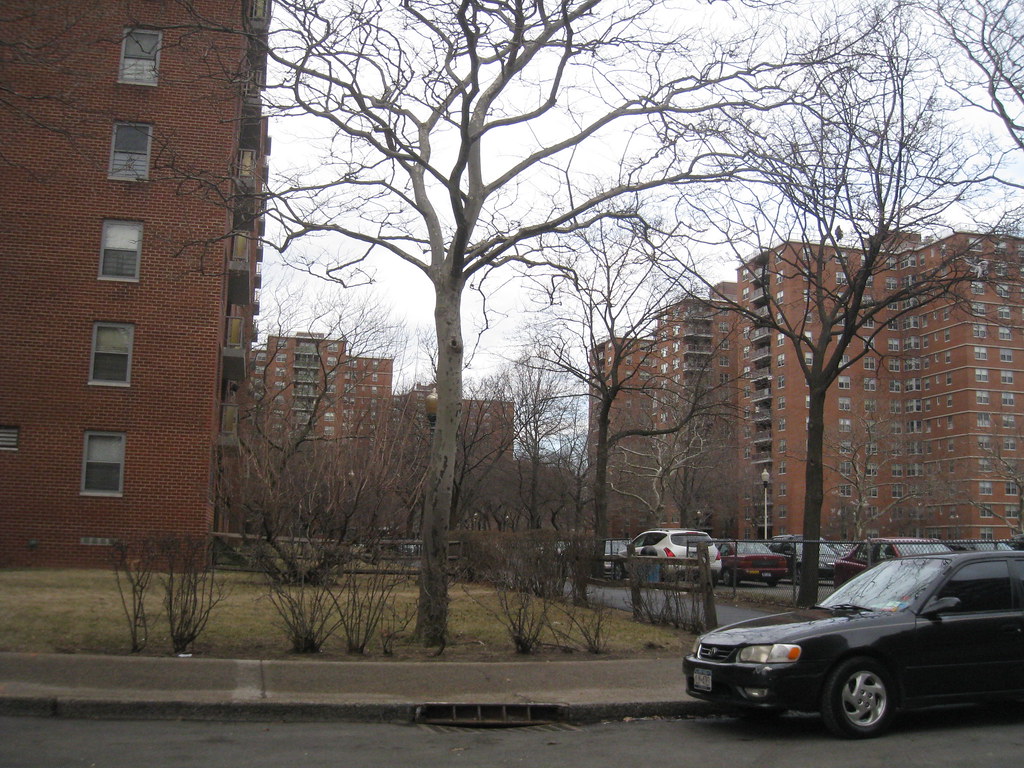

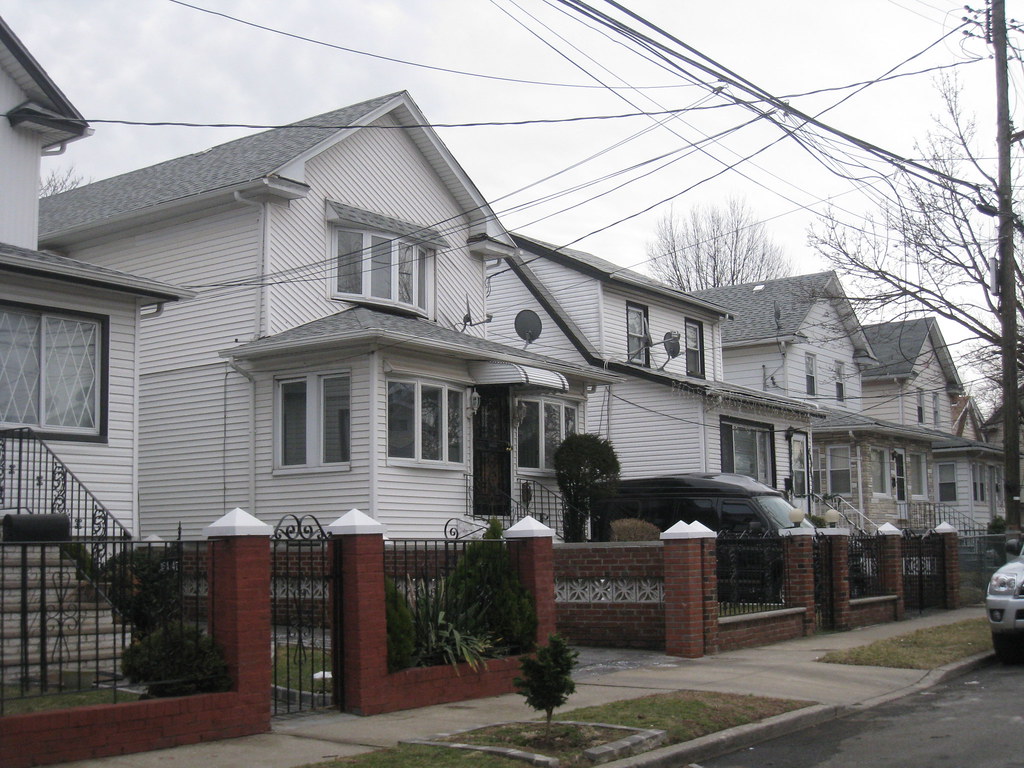
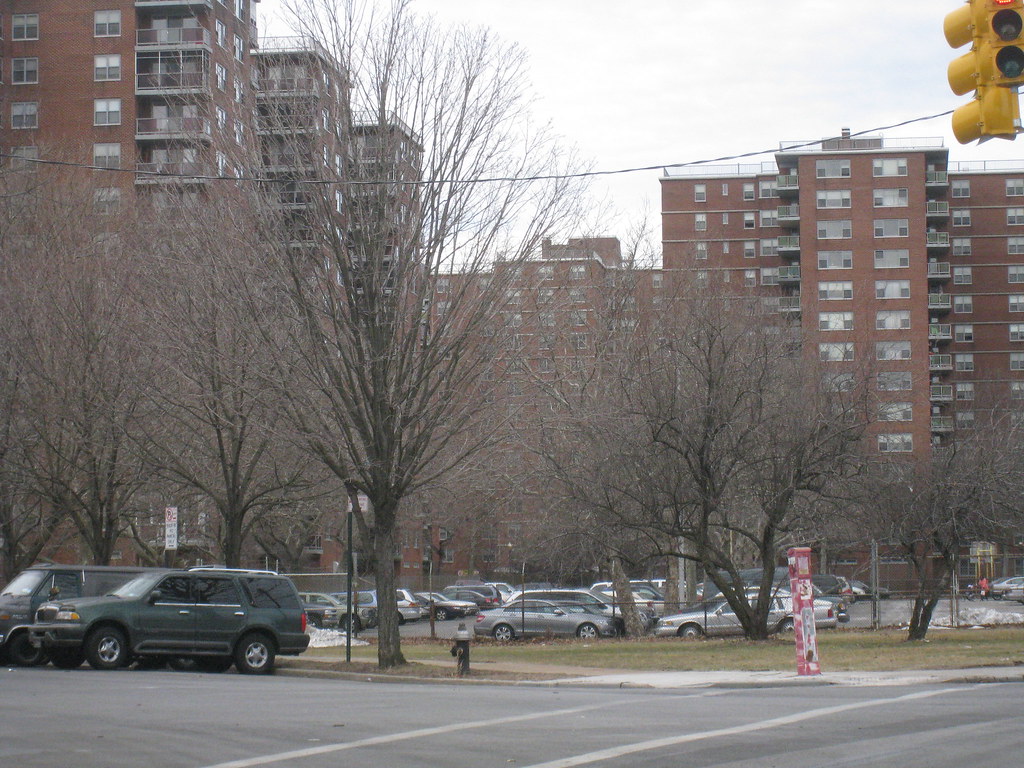

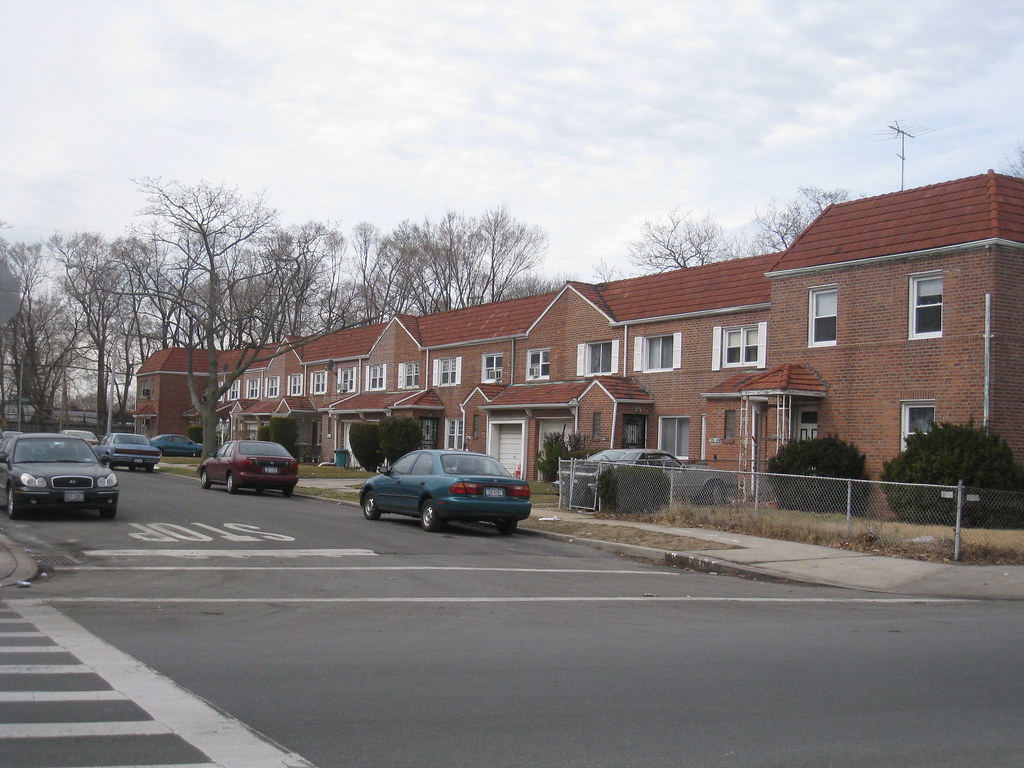
 Laurelton is a working-middle class neighborhood in south eastern Queens. Laurelton was mostly undeveloped until the late years of the 19th century. In 1907 it was established and quickly attracted a middle class population. Laurelton was planned to resemble an English style village and Tudor style homes were very popular. In the 1930’s the area took on a large Jewish population. They came to dominate the neighborhood and did so for the next 40 years. Most of the old Jewish community fled to the suburbs and an African American community emerged. Today, West Indians are the largest ethnic group living within the neighborhood. Ponzi Scheme villain, Bernie Madoff grew up in Laurelton
Laurelton is a working-middle class neighborhood in south eastern Queens. Laurelton was mostly undeveloped until the late years of the 19th century. In 1907 it was established and quickly attracted a middle class population. Laurelton was planned to resemble an English style village and Tudor style homes were very popular. In the 1930’s the area took on a large Jewish population. They came to dominate the neighborhood and did so for the next 40 years. Most of the old Jewish community fled to the suburbs and an African American community emerged. Today, West Indians are the largest ethnic group living within the neighborhood. Ponzi Scheme villain, Bernie Madoff grew up in Laurelton
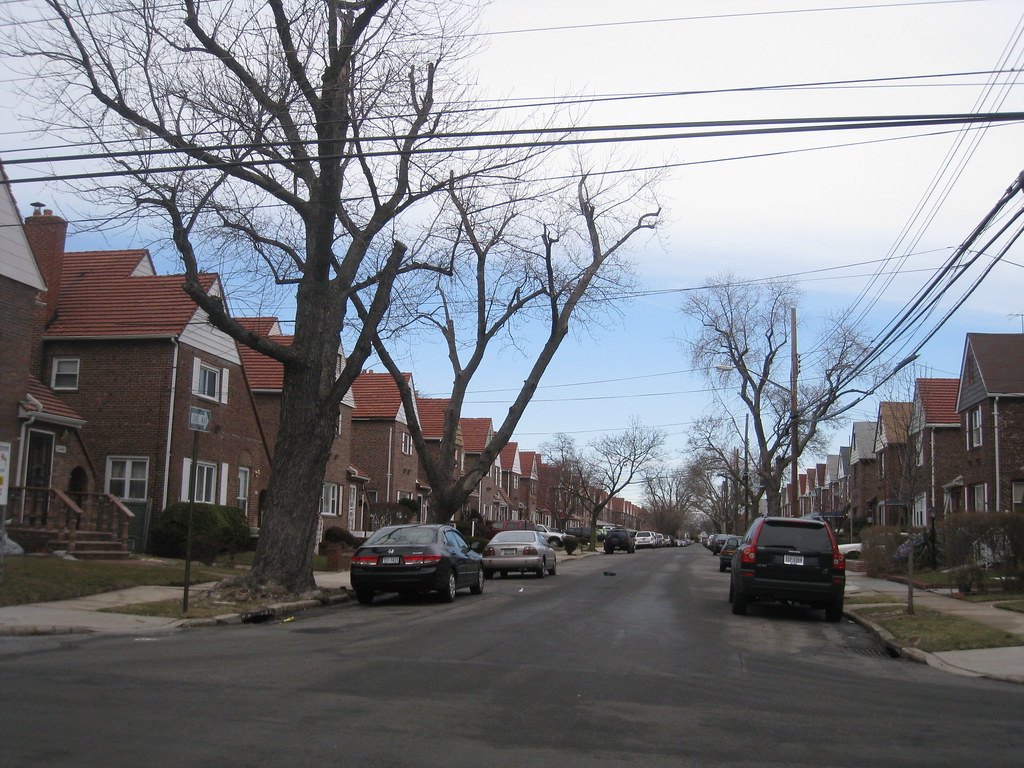
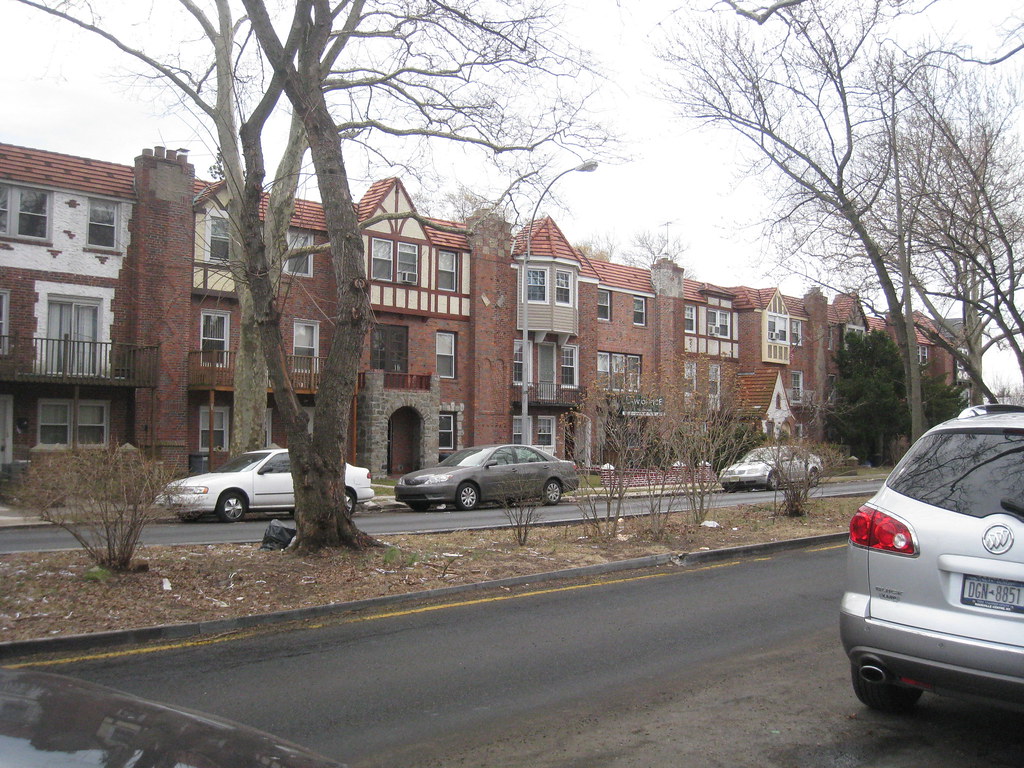

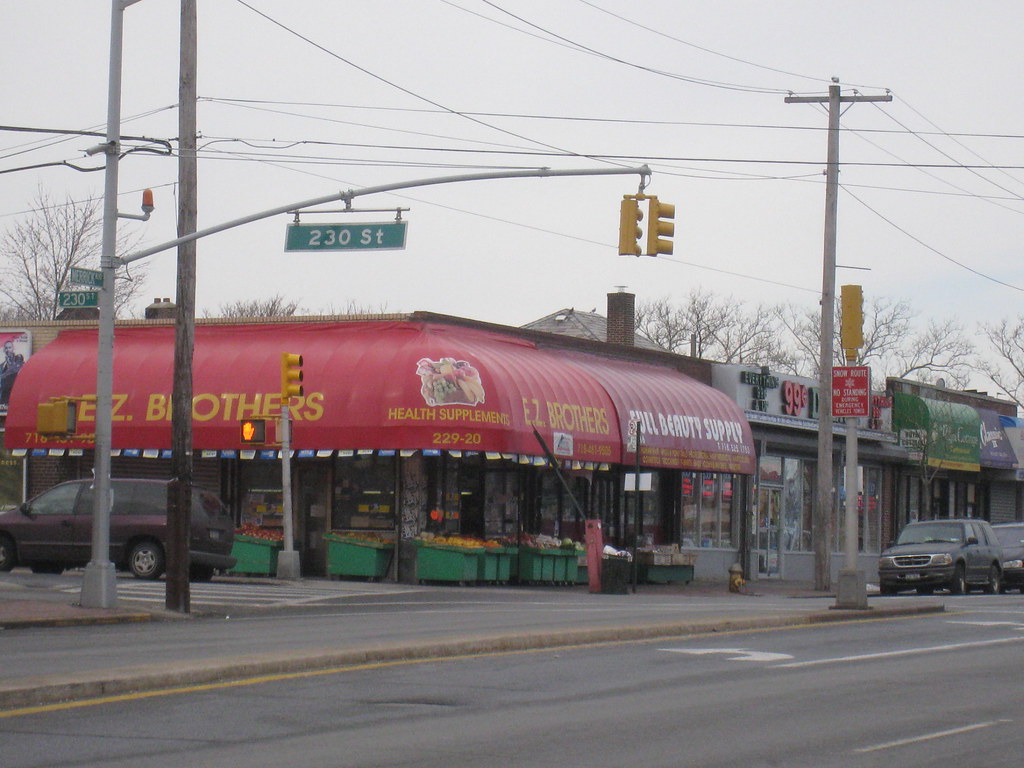
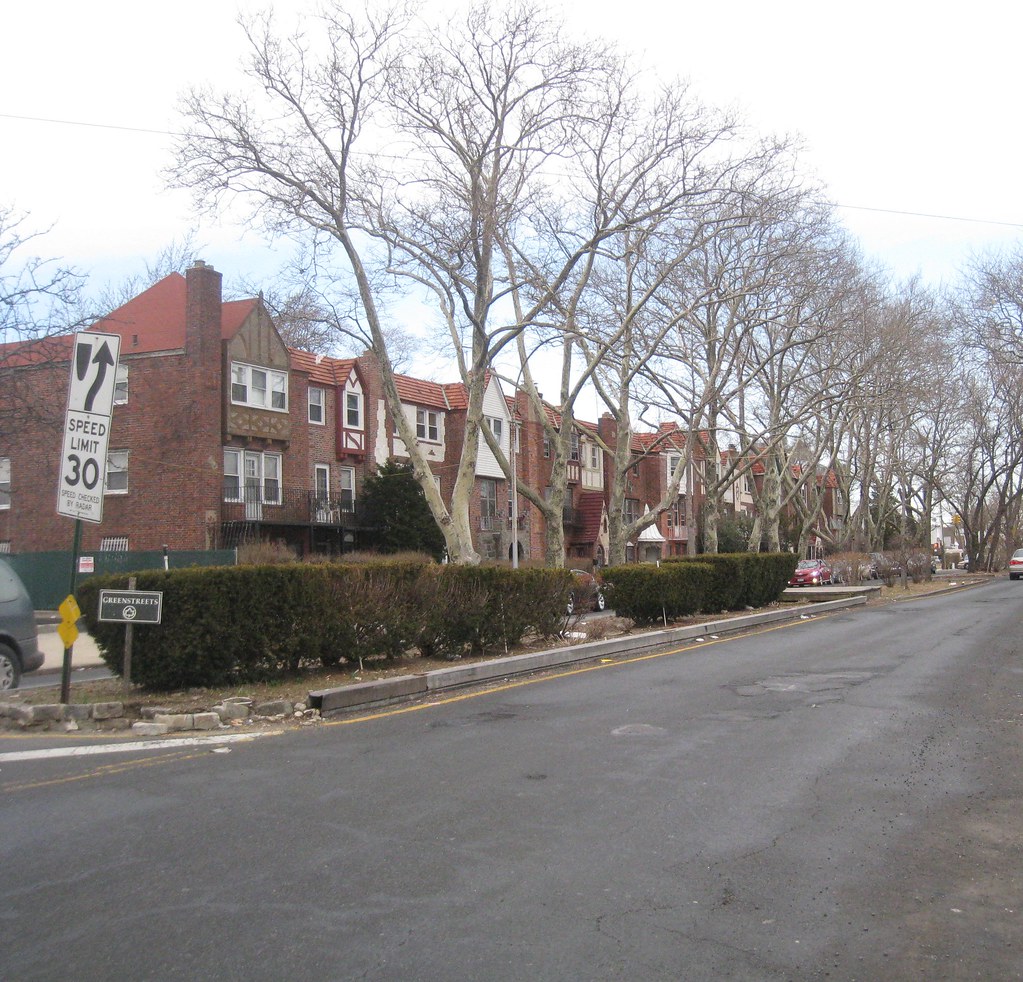

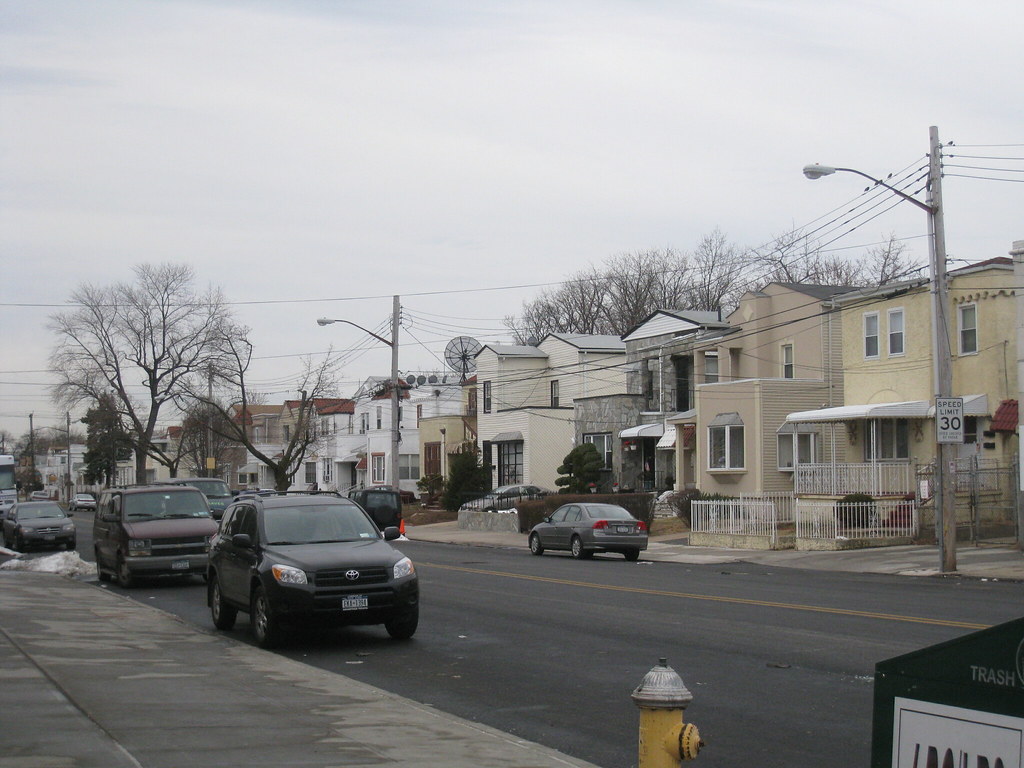
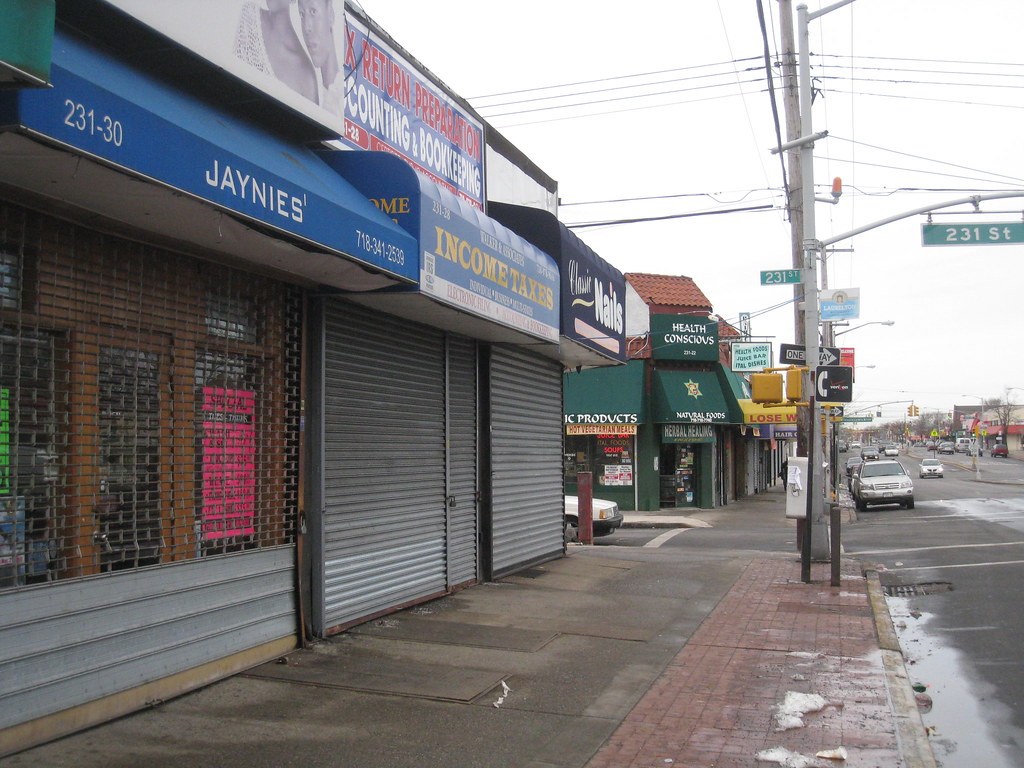
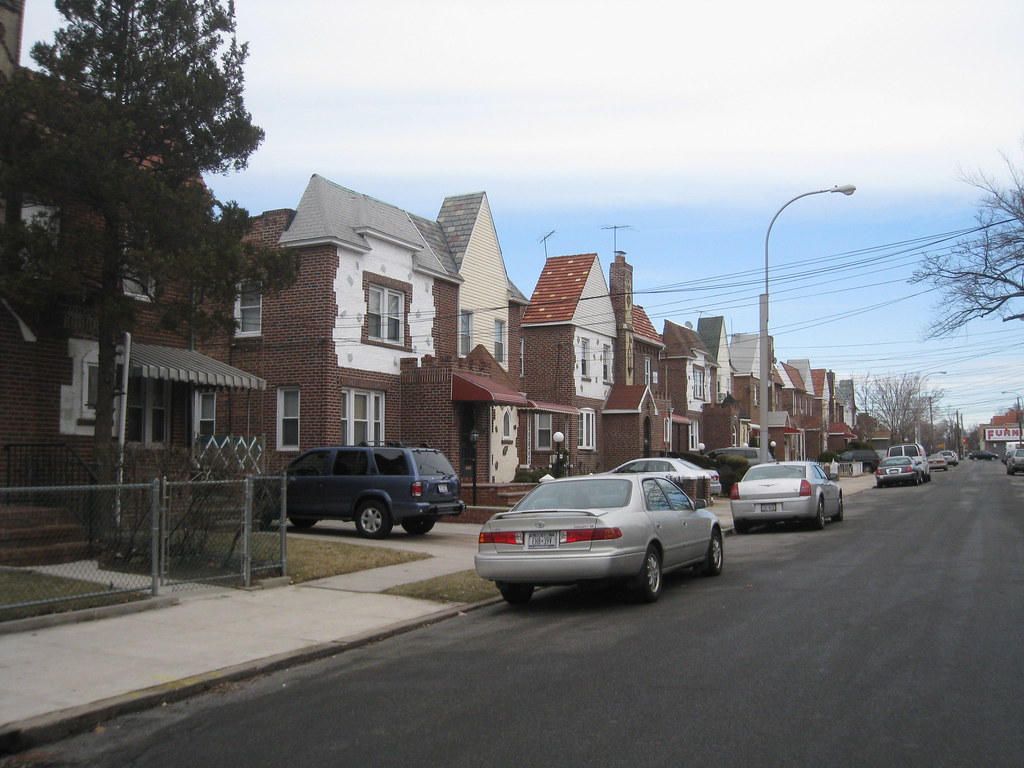
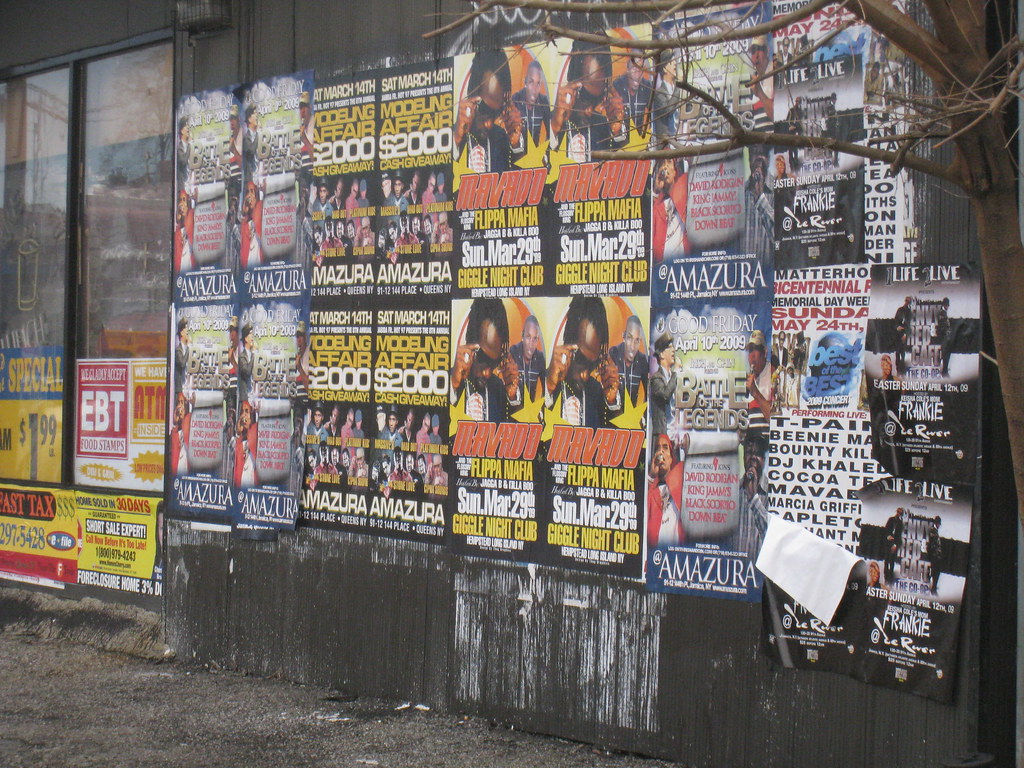
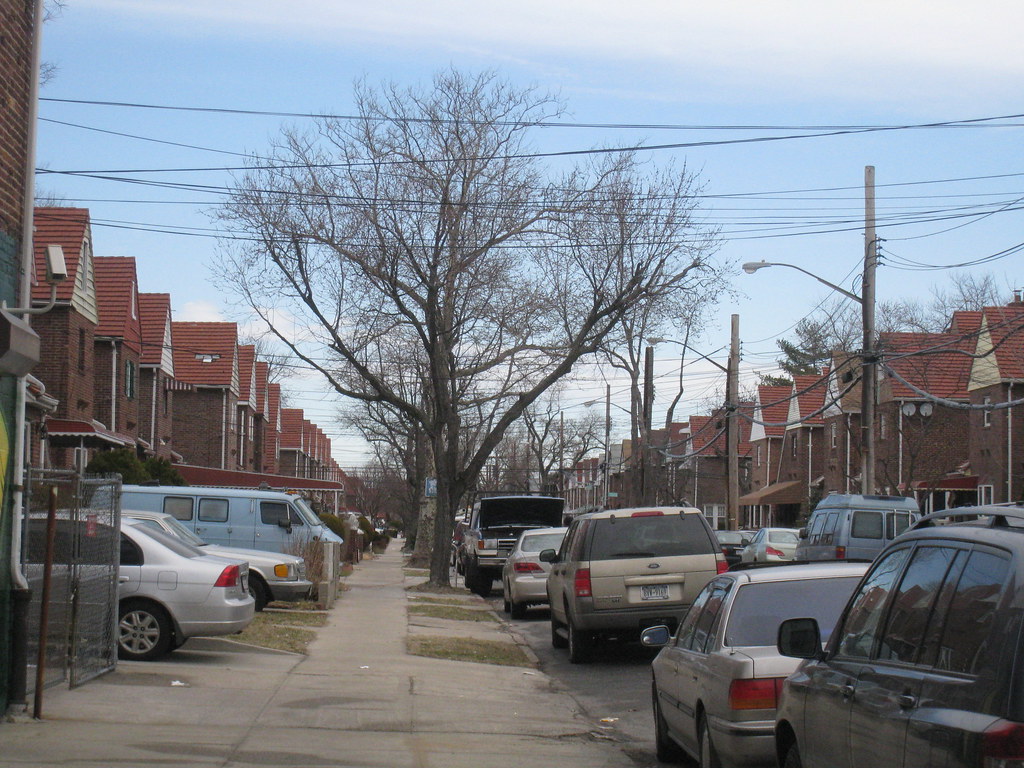
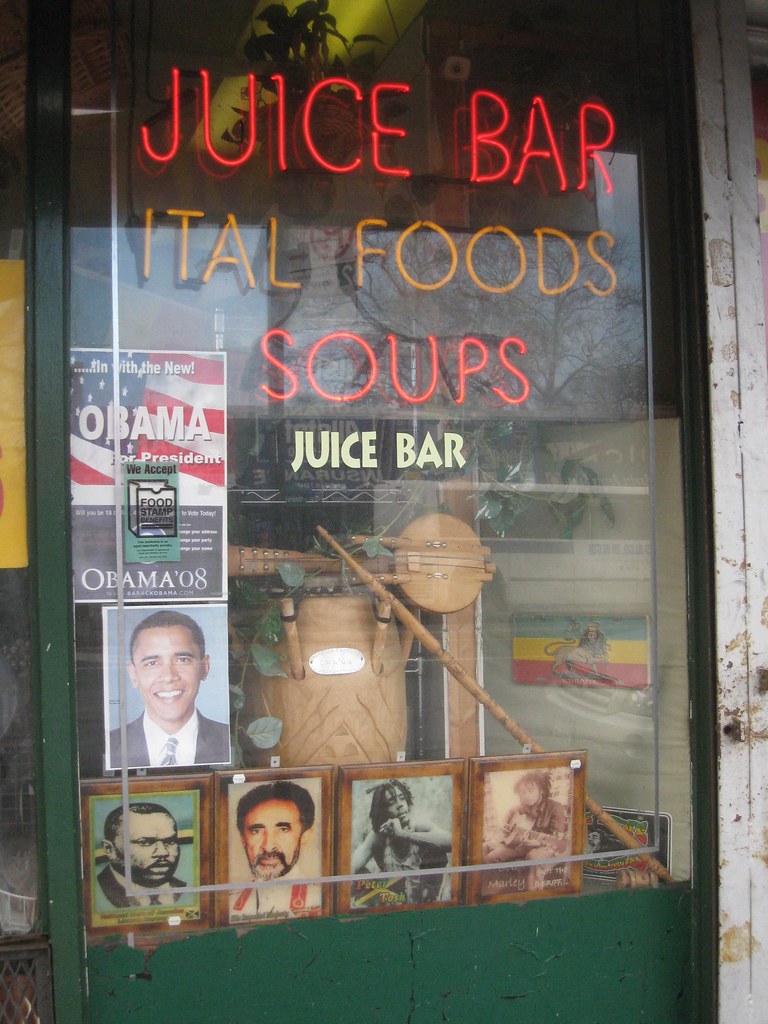
__________________
Brooklyn: The Motherland.
|